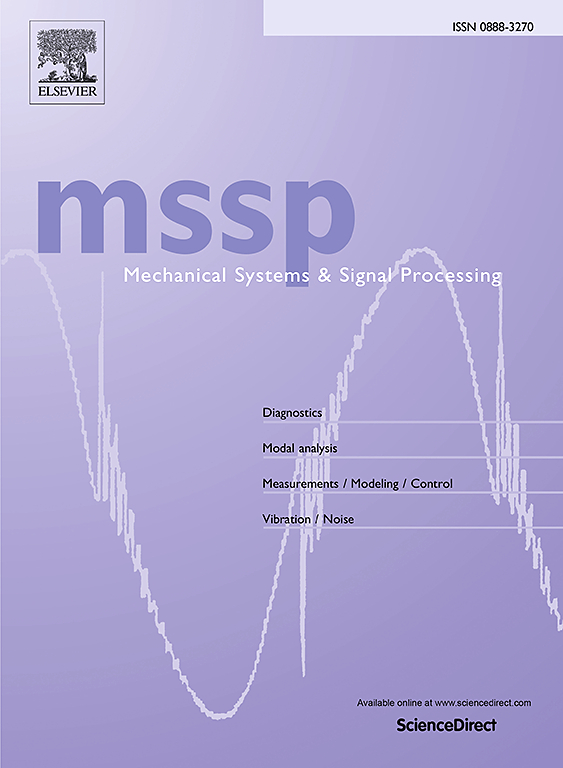Acoustic antenna based on arbitrarily curved coding metasurface for three-dimensional beamforming
IF 7.9
1区 工程技术
Q1 ENGINEERING, MECHANICAL
引用次数: 0
Abstract
Acoustic antennas with arbitrarily curved configurations have demonstrated flexibility and conformal adaptation in many applications, which are difficult to be matched with planar metasurfaces. Avoiding the constraints imposed by the high design cost of complex feed systems for conventional acoustic antennas, we propose here a design approach for coding metasurfaces with arbitrarily curved configurations to realize beamforming in arbitrary directions. The digitalization and programmability of coding notions provides a more convenient and intelligent approach for metasurface design and allows for the flexible modulation of the wavefield with only a limited variety of units. The three-dimensional (3D) far-field radiation form of the arbitrarily curved coding metasurface (ACCM) is derived theoretically, which characterizes the relationship between the expected radiation and coding patterns. The discrete particle swarm optimization (DPSO) algorithm is used as a reverse design channel for the coding patterns to realize the specific wavefield. Full wave simulations for ACCMs are implemented by the finite element method. The influences and advantages of the curved configurations for metasurface are discussed. Experimental verifications are also performed for the ACCM. The results show that the ACCM implements the acoustic wave antenna well by combining the coding concept with the reverse optimization design. The present study provides an important theoretical guidance for design of novel acoustic antenna devices.
求助全文
约1分钟内获得全文
求助全文
来源期刊

Mechanical Systems and Signal Processing
工程技术-工程:机械
CiteScore
14.80
自引率
13.10%
发文量
1183
审稿时长
5.4 months
期刊介绍:
Journal Name: Mechanical Systems and Signal Processing (MSSP)
Interdisciplinary Focus:
Mechanical, Aerospace, and Civil Engineering
Purpose:Reporting scientific advancements of the highest quality
Arising from new techniques in sensing, instrumentation, signal processing, modelling, and control of dynamic systems
 求助内容:
求助内容: 应助结果提醒方式:
应助结果提醒方式:


